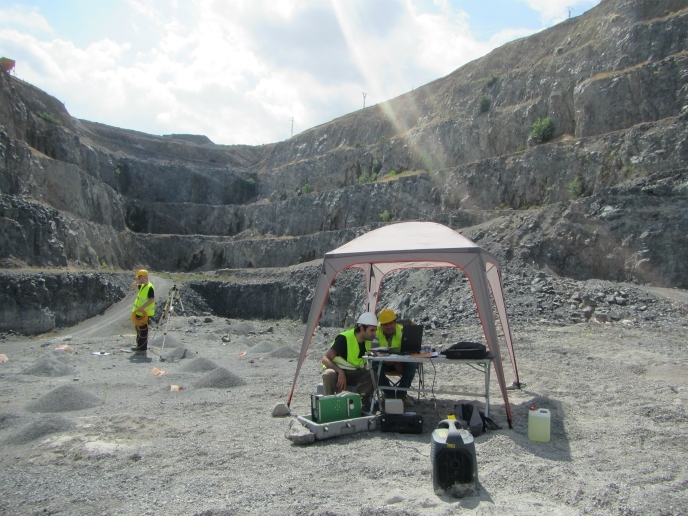Discovering the very early Universe
BOSS, the largest component of the third Sloan Digital Sky Survey (SDSS), pioneers in the use of quasars to map density variations in the intergalactic gas at great distances. Astronomers working on the EU-funded MINE BOSS (Mining for metals in a massive spectroscopic survey of the intergalactic medium) project employed quasars to measure baryon acoustic oscillations (BAOs). With close to 140 000 quasar spectra, the position of clouds of intergalactic hydrogen gas was mapped in three dimensions. From these maps, they made precise measurements of BAOs. A new method of using the flux-correlation function for Lyman-alpha lines of distant quasars allowed them to estimate the Universe's expansion rate at redshifts greater than 2.1. By measuring the size of BAOs at different epochs of cosmic time, MINE BOSS scientists demonstrated how the Universe continues to decelerate in its expansion. These first measurements of the expansion rate during the first half of its history will help them unravel the nature of dark energy. Unlike ordinary matter, dark energy has strong negative pressure, and it is exactly this negative pressure that makes gravity repulsive. Dark energy was, therefore, postulated to be responsible for causing the expansion rate to increase during the second half of our Universe's history. MINE BOSS scientists also used the signature left in quasar spectra by neutral hydrogen to constrain properties of neutrinos. In particular, the analysis of Lyman-alpha lines in quasar spectra allowed them to measure the 1D flux power spectrum that is related to the 3D matter distribution. The impact of neutrino masses on the flux power spectrum was computed with high precision by hydrodynamical simulations. A comparison of these numerical predictions with observational data led to several constraints on neutrino masses and other cosmological parameters. Neutrinos have offered a possible means to resolve discrepancies between the expansion rate of the Universe in the first and second half of its history. Dark energy is thought to be produced as neutrinos are pulled apart; yielding a tension like that fuels the expansion of the Universe. MINE BOSS project results have paved the way for new measurements of BAOs as part of the extended BOSS set to measure the expansion history of the Universe up to back when it was less than three billion years old. Work also motivated a massive survey of the intergalactic gas with the largely European WEAVE survey, planned to take place on the William Herschel Telescope starting in 2017.







